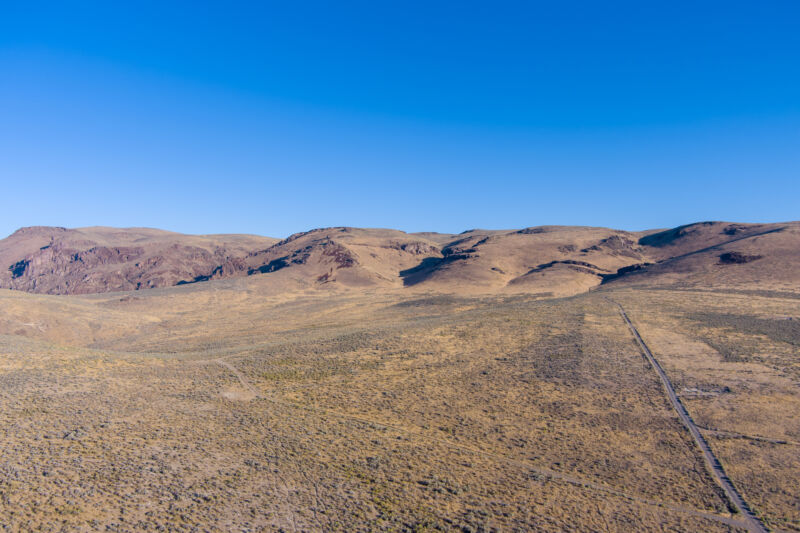-
 chevron_right
chevron_right
The rise of green hydrogen in Latin America
news.movim.eu / ArsTechnica · Friday, 10 February, 2023 - 17:44 · 1 minute

Enlarge / A man fills the tank of his car with hydrogen at a station of the Ad Astra Rocket Company in Guanacaste, Costa Rica, on January 19, 2022. Former astronaut Franklin Chang is confident that in 10 years Costa Rica, his country, will be different. He hopes it will be much richer and cleaner, a product of green hydrogen technology, which he has been researching and developing since 2011. (credit: Ezequiel Becerra/AFP via Getty Images )
Franklin Chang-Díaz gets into his car, turns on the radio and hears the news about another increase in the price of gasoline. But he sets off knowing that his trip won’t be any more expensive: His tank is filled with hydrogen. His car takes that element and combines it with oxygen in a fuel cell that works like a small power plant, creating energy—which goes into a battery to power the car—and water vapor. Not only will Chang-Díaz’s trip cost no more than it did yesterday, it will also pollute far less than a traditional gasoline-powered car would.
Chang-Díaz would like to have a public hydrogen station nearby whenever he needs to fill his tank, but that isn’t possible yet, either in his native Costa Rica or in any other Latin American country. He ends up instead at the hydrogen station he built himself, as part of a project aimed at demonstrating that hydrogen generated with renewable energy sources—green hydrogen—is the present, not the future.
A physicist, former NASA astronaut and the CEO of Ad Astra Rocket Company , Chang-Díaz has a clear vision. Green hydrogen, he believes, is a fundamental player in lowering emissions from transportation and converting regions that import fossil fuels—such as his small Central American country—into exporters of clean energy, key to avoiding the catastrophic effects of global warming.


